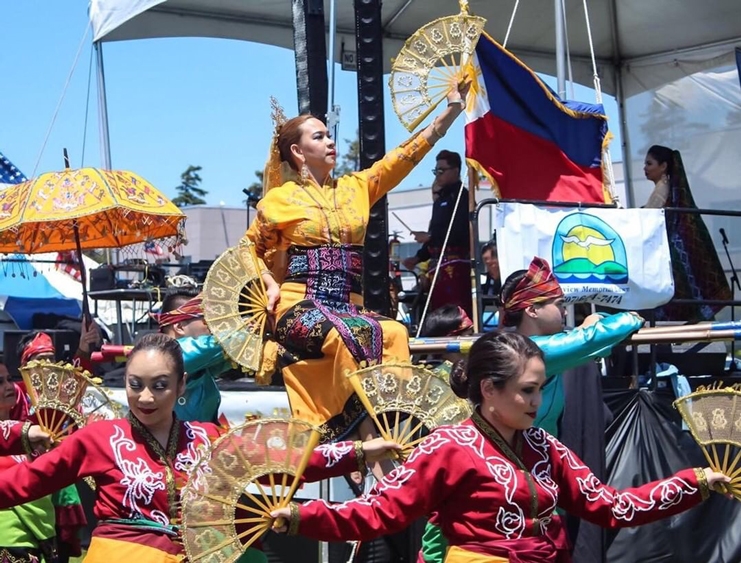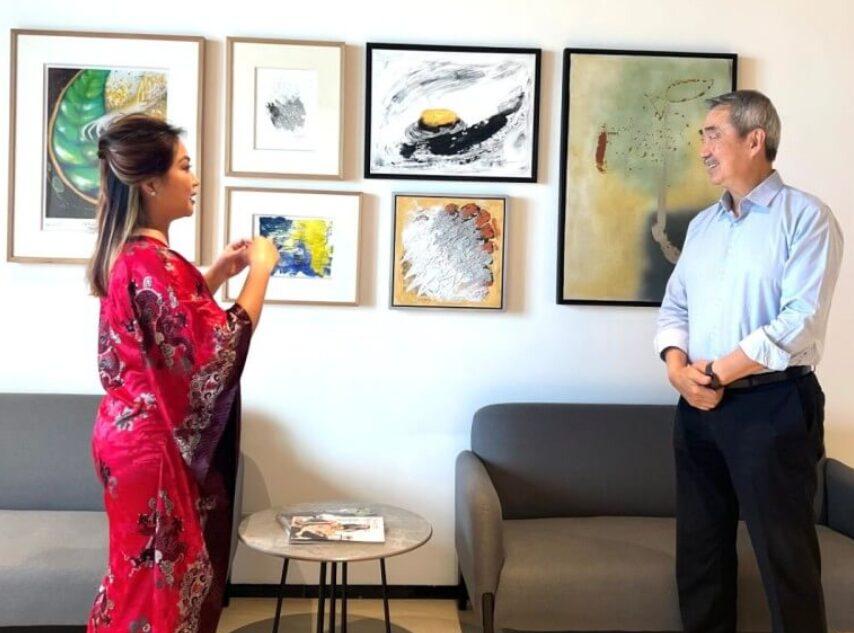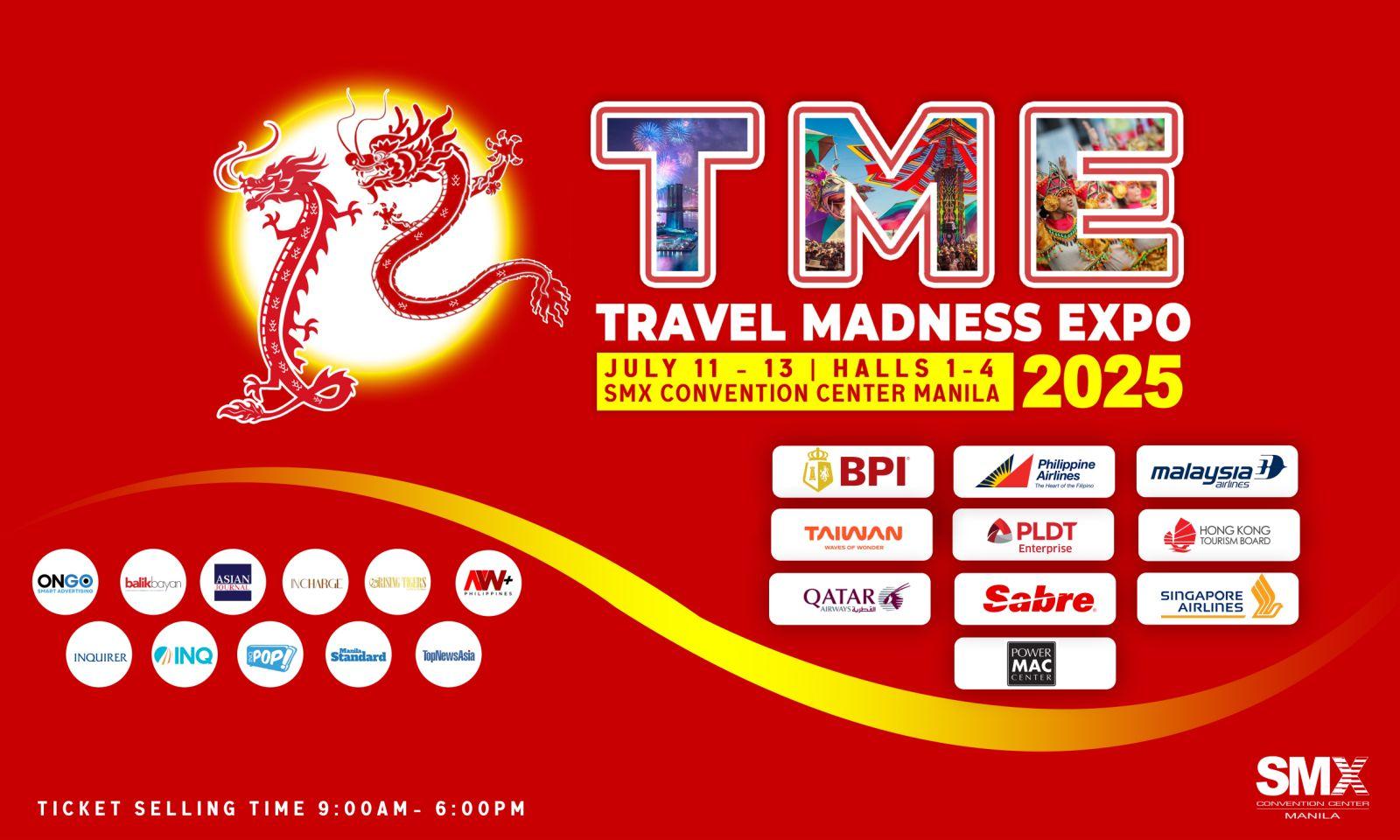
EVERY year, Filipinos both in the Philippines and abroad celebrate Philippine Independence Day on June 12, also known as “Araw ng Kasarinlan” or “Araw ng Kalayaan.”
In the Philippines, it is observed with a day off from work and classes. Meanwhile, the celebration across the United States often takes form in parades and festivals filled with Filipino food vendors, performances, and parades.
A quick history lesson on Philippine Independence Day traces back over a century ago when the Philippines — after four centuries under Spain’s rule — declared independence on June 12, 1898.
But as many historians and Filipinos point out, June 12 didn’t mark the true liberation for the Philippines as the country in less than a year found itself under United States rule.
Upon losing the war with the U.S., Spain gave the Philippines to the U.S. as part of the 1989 Treaty of Paris Agreement. The Philippines thus became a U.S. territory with the Philippine-American War beginning a year after.
It took years for the Philippines to gain independence from the U.S. Sometime during the Philippine-American War, U.S. President Teddy Roosevelt declared victory over the Philippines ironically on the fourth of July in 1902.
After giving into the pressure of granting the Philippines independence and proclaiming amnesty between the two countries, William Howard Taft was elected as president and decided to put a halt on granting the Philippines independence.
Despite being defeated in 1912 by President Woodrow Wilson, who favored Philippine independence, plans for a sovereign Philippines weren’t made until the mid-1930s.
After one last set back due to World War II and the Japanese invasion of the Philippines, the Philippines was finally declared independent on July 4, 1946 through the Treaty of Manila.
For 15 years, the Philippines celebrated its independence annually on July 4 until in 1962 when Philippine President Diosdado Macapagal officially changed the date back to June 12.
Now nearly 60 years later, Filipinos in the U.S. continue to honor Philippine Independence Day, with the younger members of today’s Fil-Am generation making their own meanings out of the holiday.
Christine Liwag Dixon, a Fil-Am writer from New York, sees the irony in its June 12 celebration date and said, “Philippine Independence Day is a mixed bag for me. On one hand, it marks our independence from Spain, but it also marks the beginning of American colonial rule.”
“I do, however, appreciate the cultural aspect,” added Dixon. “At the very least, it’s an excuse to get together with the community with some Pinoy barbecue and halo-halo.”

Aaron Jugueta, who works as a project coordinator for a non-profit in Miami, Florida, sees Philippine Independence Day more as a day to recognize the people who were involved throughout the country’s journey to independence.
“Philippine Independence Day means to me the liberalization and recognition of the islands as a people and as a nation,” said Jugueta.“ A great way to celebrate it would be to remember what was fought for and the people who died fighting for it.”
Virginia-based Fil-Am rapper Noah-O similarly sees Philippine Independence Day as being an opportunity to honor those who fought for the Philippines’ independence.
He said, “Philippine Independence Day is a time to celebrate our country’s past and honor those including my grandparents who fought to keep the Philippines free.”
According to the United States Office of the Historian, over 20,000 Filipino combatants died during the Philippine-American War. Modern sources say that as many as 200,000 Filipino civilians died as a result of the war.
But shared among Fil-Ams was that Philippine Independence Day presented an opportunity to celebrate Philippine culture and what makes the Philippines so unique as a country.
This is especially true for Fil-Ams who grew up in dual American and Filipino households.

Crystal Tolentino, a young Fil-Am mom who attended this year’s Pista Sa Nayon festival in Vallejo, California with her son, described Philippine Independence Day as providing an opportunity for people — including Filipinos — to learn more about emerging Fil-Am talents looking to promote the culture.
“I wasn’t raised in a traditional Filipino household, so I basically had to rely on articles and books to study my roots,” said Tolentino.
Attending Philippine Independence Day festivals have not only allowed her to immerse herself in Filipino culture and see first hand the impact of the current Fil-Am community, but have allowed her to share her experiences with her son.
“I do love seeing our Filipino community come together as one big family and support each other — we’ve got a lot of undiscovered talent out there from chefs, clothing designers, to musicians,” said Tolentino. “And I feel that Filipinos are often overlooked and we have to work twice as hard to be recognized.”
“This is a time where we can display our talents, acknowledge each other’s accomplishments and show each other support,” she added.
Tolentino said her son particularly loved the martial arts demonstrations. As for herself, she loved the entertainment lineup.
“The dance groups took us all back to our roots,” said Tolentino, highlighting the colorful costumes worn by the dancers.
“I also enjoyed the musicians — seeing Fil-Am local singing groups such as Legaci and One Voice perform against after so many years, then to see upcoming Fil-Am artists like Ruby Ibarra and CRSB take the stage,” said Tolentino.
Compared to previous years, Tolentino noticed this year’s to be much bigger and more diverse.
“Everybody was dancing, including my son. I couldn’t’ stop capturing the moments with my camera and all I could think about was, ‘Wow! Great job Vallejo!” said Tolentino.
She plans on taking her son to the Kalayaan Festival, another Philippine Independence Day festival in San Francisco’s Union Square later this month.
For half-Filipina college student Onike Browne in New York, Philippine Independence Day has always been an opportunity for her to celebrate her Filipino side.
“Knowing how much the Philippines has suffered through colonialism makes me want to celebrate our independence every year,” said Browne. “The Philippines has a rich, diverse culture and we truly deserve to celebrate and be proud of it.”
She attended the annual Philippine Independence Day Parade in New York City, and has attended it every year for the past five or so years.
“It’s so nice seeing how the various islands display their cultures. I get chills every time, honestly,” said Browne.
“I always look forward to the floats with drums and I love the dances dedicated to mangoes,” she added. “I’m Cebuano as well, so of course I get excited seeing Cebu get out there too. I really loved their performance this year.”
Also attending the parade was Fil-Am William McGuire, who like Browne, saw the celebration as an opportunity to celebrate his mother’s culture and build a connection with other Fil-Ams.
“That sense of connection was something I didn’t appreciate enough until last Sunday, (June 2) where many new people met me with kindness and camaraderie,” shared McGuire. “The feeling was unfamiliar to me since I live far away from most family on my mom’s side.”
He added, “After taking my own initiative to celebrate, I can say I learned our capability of building a future where we could eat, love, and laugh together.”
Noah-O — who attended the parade for the first time — further found it to not only be a way for him to experience Filipino culture, but to actively exercise his voice as a Fil-Am.
“It was beautiful to attend and have the opportunity to connect with my roots,” said Noah-O. “To hear my people and see so many Filipino was overwhelming as I live in Richmond, Virginia which doesn’t have a large Filipino population.”
He marched alongside the Malaya Movement organization, which he became involved with in 2017, after they helped him get an interview with ABS-CBN’s Don Tagala after seeing him on the Hip Hop show “Sway in the Morning.”
Noah-O’s music has focused on the struggles of marginalized communities, including racism experienced by African Americans in his home state of Virginia.
Marching with the Malaya Movement was his way of bridging his platform with the Fil-Am community, while at the same time sharing Filipino culture with his close friends otherwise unfamiliar with it.
“I really enjoyed being able to connect with new people, and picking up souvenirs for my loved ones,” said Noah-O. “I really enjoyed the amount of love and unity among our people. And being able to expose some of my friends to our culture and history was great.”








Hi Rae Ann,
Thank you for your article. I love how you feature the younger generation’s perspective on this day of mixed significance.
I am actually a teacher and participating in our own heritage celebration in Canada.
I would like to request the use of Jillian Penalosa’s image. Would you be able to get a message to the artist to forward my request?
Thank you kindly,
Aileen Santiago